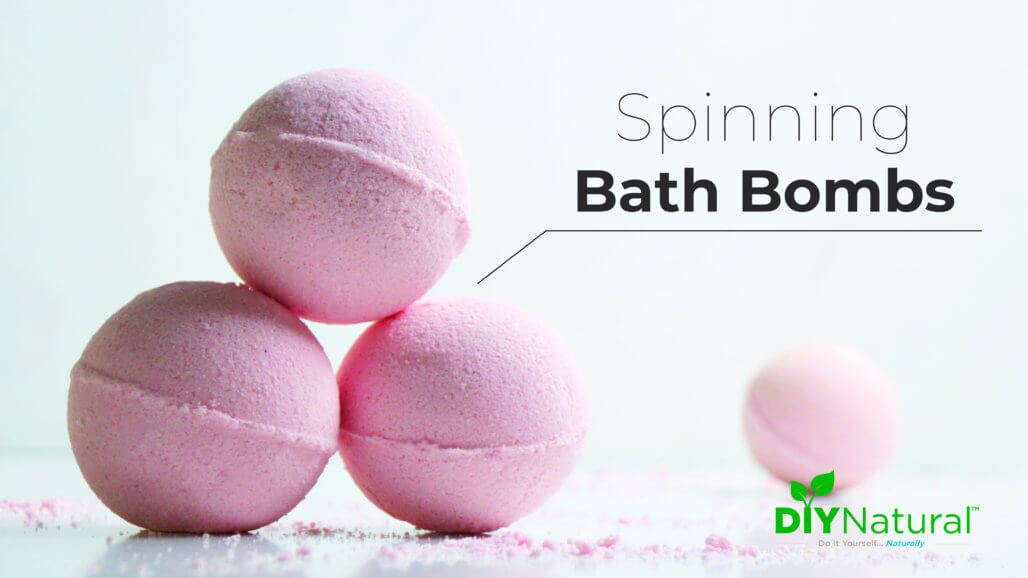
Our bath bomb recipe makes bombs that fizz, color the water, and spin! Learn how to make your DIY bath bombs spin too, it’s much more fun!
I’ve made (and sold) more homemade bath bombs using this bath bomb recipe in the past six months than in the past 10 years. Everyone wants something different, but they all want the same results: fizzing and spinning.
Embeds Recipe for Spinning DIY Bath Bombs
One of the exciting parts about using a bath bomb is watching it spin and color the water. The secret to our spinning bath bomb recipe is to use embeds.
An embed is a small, colored ball. They are similar to bath bombs, just more concentrated.
Here’s a Recipe for the Embeds:
- ½ cup citric acid (find it here)
- optional, 15 drops essential oil (find pure organic essential oils here)
- ½ cup baking soda
- ½ teaspoon lake pigment or bath bomb color (find a variety of mica pigments here)
- 91% rubbing alcohol mixed with witch hazel, equal proportions (find organic witch hazel here)
Mix the dry ingredients really well, then spritz with the rubbing alcohol/witch hazel mixture. You should make it like damp sand – firm enough to hold together without crumbling. Pack this into small molds pretty tightly and pop out. Let dry a bit before mixing together the next step.
Safety Note: be careful to not inhale the rubbing alcohol/witch hazel spritz. While Pubmed studies show inhalation toxicity is rare, it’s still a good idea to spritz away from your face.
The documented toxicity of isopropyl alcohol in man is confined for the most part to accidental ingestion (not inhalation)[1]
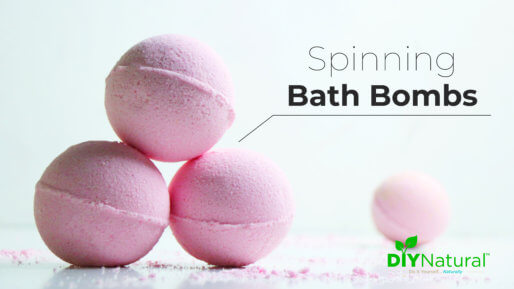
Bath Bomb Recipe: DIY Bath Bombs
Our bath bomb recipe makes bombs that fizz, color the water, and spin! Learn how to make your DIY bath bombs spin too, it's much more fun!
- Prep Time
- 15 minutes
- Active Time
- 1 hour
- Drying Time
- 1 day
- Total Time
- 1 day 1 hour 15 minutes
- Servings
- 8 cups
- Estimated Cost
- $3
Equipment
Ingredients
- 1 cup citric acid
- 2 cups baking soda
- ½ cup corn starch
- ½ cup Epsom salts
- ¼ teaspoon dry color (such as bath bomb color, mica, or lake pigment)
- 20-25 drops essential oil (your favorite skin-safe oils)
- 3 tablespoons carrier oil (such as sweet almond or sunflower)
- 1 ounce isopropyl alcohol (91%)
- 1 ounce witch hazel
Instructions
Mix Ingredients and Get Proper Consistency
-
Mix all the dry ingredients together. Add your color and mix well. For secret color, leave white for now. Add essential or fragrance oil and mix well. Add liquid oil and mix well again.
-
At this time it's a good idea to mix with your hands rather than relying on a mixing spoon. Use gloves as the baking soda can wear on your nails. Once all the bath bomb recipe ingredients are thoroughly mixed together, spritz 1-2 times with the alcohol/witch hazel mixture. Mix quickly with your hands and check to see if it's ready. Make a snowball with the mixture and drop it into the bowl. If it holds together your bath bombs are ready to mold. If it breaks apart, spritz 1-2 more times and check again. Repeat until your snowball holds together when dropped into the bowl.
Placing Embeds Inside and Finishing Your DIY Bath Bombs
-
Lightly pack a good amount in half of a bath bomb mold, then place an embed (recipe above) on top of the mixture. The secret to creating a good spin is to place the embed off-center, not in the middle. It has to be off-balance in order to spin. And of course, we want our spinning bath bombs to spin!
-
Next, overfill the other half and place both sides together. Push the sides firmly so there is no gap in the center. Don't twist, as this will separate the halves. You want them to join cohesively.
-
Tap each side with a spoon, then release one half. Turn over and release the other half. Set on a piece of cardboard or wax paper and continue with the rest of the mix. (The bath bombs may smell a lot like alcohol, but this will disappear in a day or two.)
-
Dry for at least 24 hours, then seal in plastic wrap. The DIY bath bombs need to be sealed or they will absorb moisture from the air and won't fizz as much in the bathtub.
Recipe Video
Notes
For our basic bath bomb recipe, you use one part citric acid to two parts baking soda. This ratio will give you the best fizz possible. Other ingredients can be added like cream of tartar or kaolin clay to make the bombs harder, or Epsom salt for a muscle-soothing soak. This is a good basic bath bomb recipe.
Made this recipe?
Mention @diynatural or tag it #diynatural!
Additional Tips
Foaming DIY Bath Bombs
To make your DIY bath bomb recipe will foam too, add 1 Tbsp of nonfat milk powder.
Lake Pigments and Polysorbate 80
When choosing colors, lake pigments and bath bomb colors will work best to dissolve in the tub AND color the water. If you’re not concerned with making a completely natural bath bomb, you can add a bit of polysorbate 80 to help the color to dissolve and to keep the oils from floating on the top and making the tub slippery. Polysorbate 80 is a synthetic compound you can use as a surfactant and emulsifier.
Powdered Mica
Powdered mica can also be used to color this bath bomb recipe. Mica is a natural mineral and has usually been dyed to make colorants. Mica produces nice soft colors, but will not color the water, which some people want in their baths. It will sometimes stick to the sides of the tub and appear to stain it, but you can alleviate this by using polysorbate 80.
Essential and Fragrance Oils
Many people love a scented bath bomb recipe. Essential oils can sometimes be too irritating for open areas of the skin. Some exceptions are lavender and rose essential oils. Fragrance oils are less irritating to the skin, although not completely natural.
Cornstarch
Finally, there is some concern with using cornstarch in the bath and the assumption that it can cause yeast infections. You would have to use it in much larger amounts to cause a problem. If you are still concerned, you can omit it from the recipe.
Tip: you can also try making a birthday cake bath bomb.
Have you ever made a spinning bath bomb recipe like this? Tell us about your experience.
*******
Sources
- National Research Council (US) Committee on Toxicology. Emergency and Continuous Exposure Limits for Selected Airborne Contaminants: Volume 2. Washington (DC): National Academies Press (US); 1984. ISOPROPYL ALCOHOL.
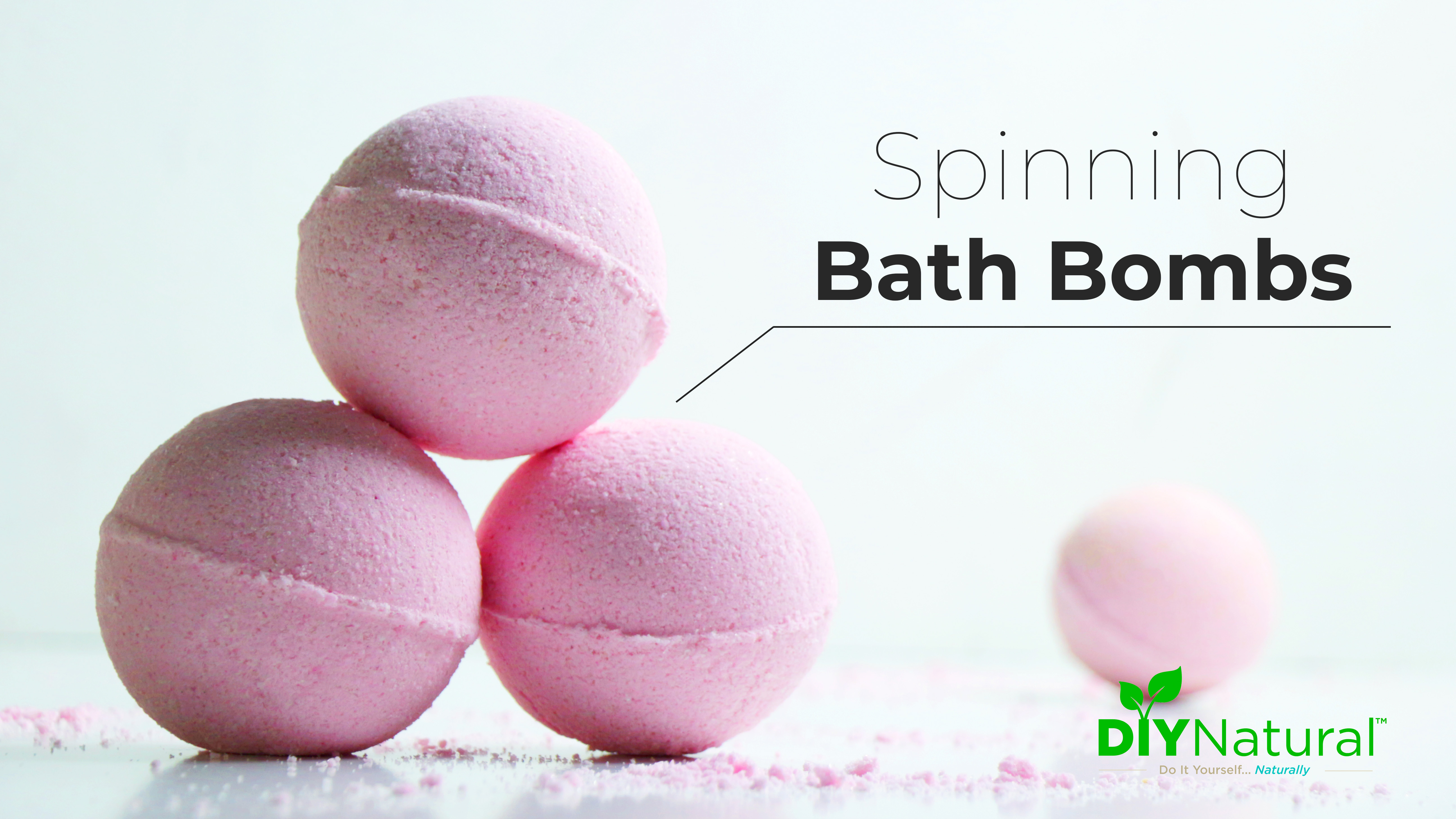
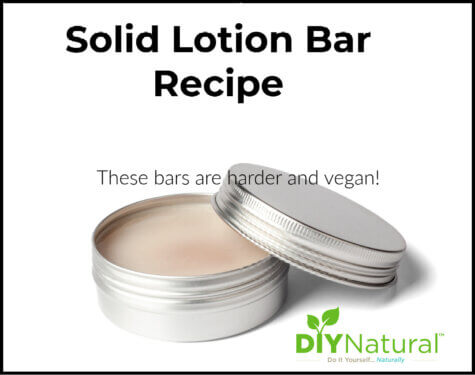

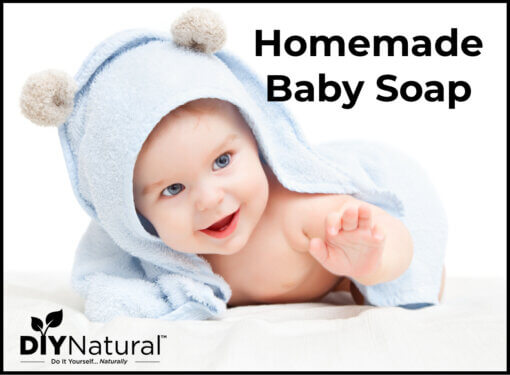
Hey Carol L,
No, not conflicting information. The recipe states that you should use alcohol and witch hazel. I told the person who asked that I prefer to use water to get a harder bath bomb. It’s just personal preference. I like to give the viewer choices so that they can make informed decisions. And I’m sure that everyone, at some time or another, has adjusted a recipe to suit their own preference.
Debra: RE: Feb 1 2023 reply: You list alcohol in the recipe.
So, conflicting information?
Do you or don’t you use alcohol in the recipe?
Hey Sarichkah, Thanks for the information! I prefer to use water as a binder, just because it creates a harder bath bomb. And mine sit outside at the market for a few hours, so I need them to hold up. But yeah, you certainly can use alcohol.
Yes, you absolutely can use isopropyl alcohol at 70%. I would use a 2 1/2:1 ratio with witch hazel in that case to balance the water / alcohol ratio out. However, there are more important considerations here, which I get into below, in regards to potential toxicity.
Some may say: Use denatured alcohol! Not a good plan as denatured alcohol contains many chemicals / substances called ‘denaturing agents’ (the literal poisons they add to denatured alcohol so that people don’t drink the stuff – yes, this is true; research chemical denaturing agents used in alcohol. Here’s a good start from a ‘reputable’ university: List of Denaturants Authorized for Denatured Spirits (AKA alcohol) https://www.law.cornell.edu/cfr/text/27/21.151
Yes, sure, both of these types of alcohol are ‘FDA APPROVED’, but so is / was Crestor (brand name, look up the pharmaceutical name), a pharmaceutical statin widely prescribed in many countries which now has class action lawsuits against it. Beware of the label ‘FDA approved’ & keep yourself safe by doing your own research. Nobody will care about your or your family’s health more than you yourself. This is just ONE example of countless toxins which are FDA APPROVED. There are many other examples which are easily researched by anyone concerned in regards to this topic.
All this being said, a better choice than either isopropyl alcohol OR denatured alcohol would be to use grain alcohol – which is food grade & which doesn’t have the same toxicity potential in a bathtub full of warm / hot water which is soaking in through your capillaries & pores. Just think of the fact that there are many ‘patches’ available now – nicotine / fentanyl / morphine etc – which can & do kill people as they are absorbed through the skin. Toxins are most definitely absorbed through the skin / capillaries right under the surface of the skin, no matter what anyone tells you.
Grain alcohol can also often be found in much stronger concentrations than isopropyl alcohol, especially in certain countries.
Anyways, that’s my bit. This is something which I feel we all need to take into a great deal more consideration when making ‘natural’ & handmade products. They’re no better than mass-manufactured toxic products if we’re using the same or similar ingredients in the products we make for ourselves, family members or the general public who might be purchasing your nice bath bombs & soaps at a farmers market or local store.
Much love & health to all 🙂
OK< I got some stainless steel ones on Amazon, AND the color pigments…Can't wait to try this recipe out!
The link is not there for the molds….would you recommend metal or silicon bath bomb molds? They have both on Amazon. I lean toward the silicon, since these won’t be heated…..just wondering?
Hi Andrea. The ratio for the alcohol to with hazel is 1:1. Amounts aren’t given because it depends on the batch size. And you can make a lot and keep it in a spray bottle. So it could be a cup, an ounce or a gallon, depending on how much you need. Just remember that you need half of one and half of the other.
As for the lavender oil, you don’t want to dry it out first. The oil will loose all of the scent and you’ll be left with a very weak smell. Drop it by drops into your mixture and stir it well. Yes, it will clump up, but that’s the nature of the products. Just stir it again a few more times and it’ll be fine. Hope this helps!
Hello,you dont say how many tablespoons or tespoons of Rubbing Alchol and you said witch hazel is the same ratio,so if you can let me know what the RA is please then i’ll know how much witch hazel. Thanks so much Andrea Taylor PS my grandaughter is wanting me to make her a silky soft body powder with lavender oil but dont you have to let the lavender oil dry first so it doesnt make the dry ingreindents stick together.
Thank you for sharing your wonderful recipes. Can you tell me how much Polysorbate 80 should be used in a single bath bombs recipe?
Thanks so much Barbara! I’m still new to Polysorbate 80, but I love it already. Very simply put, it’s a form of sugar and oil, which forms an emulsifier, bonding oils and water. It’s more complicated than that, but this is the simple version. It is very concentrated, so in my recipe, where I use 4 cups of baking soda to 2 cups of citric acid, I use about a teaspoon. It needs to be mixed in very well, so I use my hands (with gloves on) to get in there and really mix it. It works well with lakes and micas, so well that you can see the colors NOT sticking to the sides of the bowl or spoons. I am sooo loving using it!
Is it bubbly too?
The only way I’ve found to get it bubbly, Rome, is to use SLSA, which is a powdered surfactant. It is very light and can get into your respiratory system, so if you choose to use it, you’ll want to use a mask. I’ve been experimenting with using liquid soap instead of RA and WH, but have had no luck so far. I’ll keep trying!
Update, Rome! I’ve found that milk powder will help with foaming. Try using just about any milk powder. My favorites are coconut milk powder and buttermilk powder. Give them a try!
Ne kadar katmak gerekiyoru Hindistan cevizi tozunu
Does using milk powder change the smell of the bath bomb? It doesn’t start smelling weird from the non fat milk/moisture/time?
Hi Debra, great recipe you have, thanks for sharing! Can we use 70% isopropyl alcohol? It is abit hard to get 91% in my country